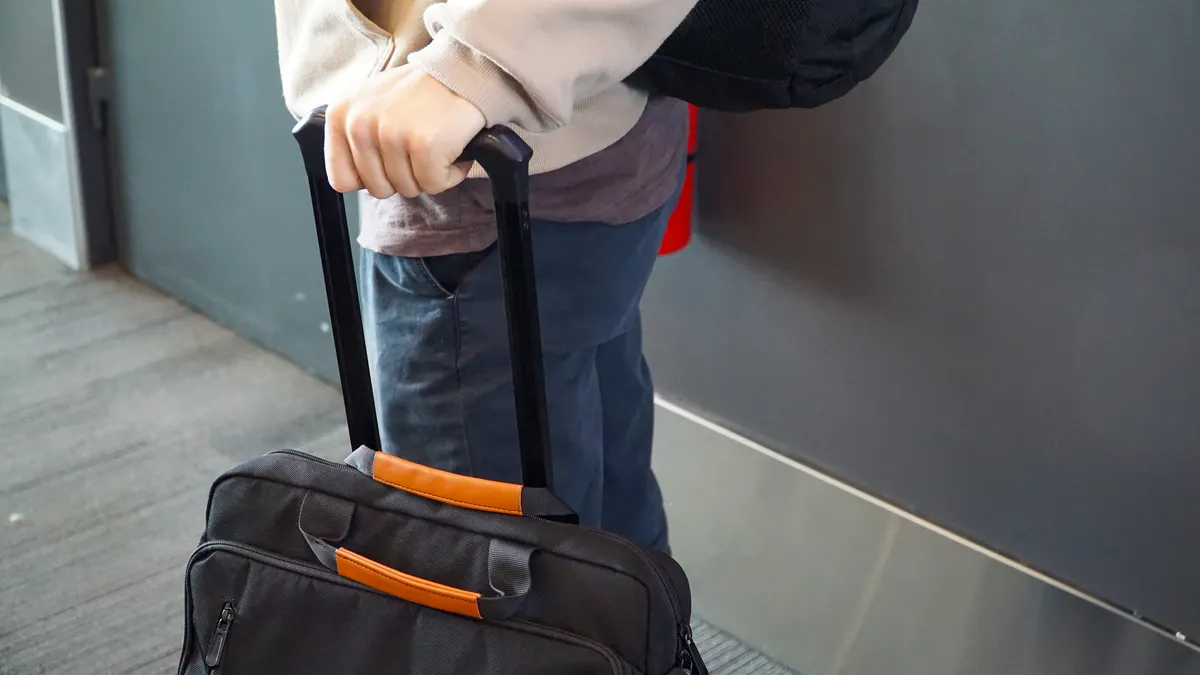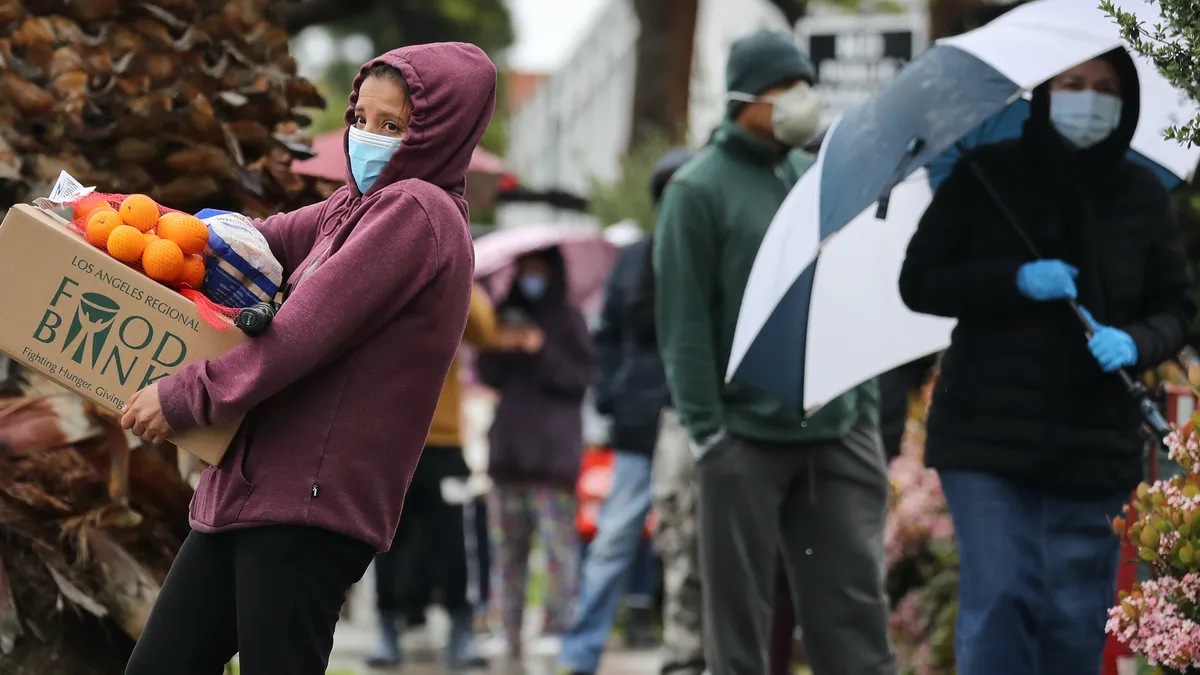Half of college students rate their mental health as fair, poor, or terrible, according to a recent survey from The Steve Fund, a nonprofit that focused on the mental health of young people of color.
The survey also found about 40% of students were “very or extremely stressed about maintaining their mental health” while in college. About 1 in 5 students said the same about connecting with other students and finding their niche in college.
Moreover, about one-third or more of students experienced a range of challenges such as changes in sleeping habits and difficulty concentrating and learning.
Students struggling with mental health in college isn’t a new phenomena, but “the severity and pervasiveness have clearly worsened,” Annelle Primm, The Steve Fund’s senior medical director, said in an email.
“We’re not just seeing higher levels of stress — we’re seeing a rising sense of disconnection,” said Primm. “The need for campuses to respond thoughtfully and urgently is more pressing than ever.”
The mental health issues students face may also impact their graduation trajectory. About half of students considered reducing their classload, 40% considered transferring, and 30% considered dropping out of college altogether due to “negative experiences on campus,” the report stated.
Steve Fund researchers surveyed about 2,050 college students between ages 18 and 24 who were attending four-year institutions and largely taking in-person classes.The survey was conducted last year between February and April.
There isn’t a single cause behind the mental health challenges that students are facing, but “several powerful stressors are converging,” said Primm. That includes discrimination on campus, encounters with campus security or a lack of belonging, according to the report.
Many college students also grew into adulthood during the COVID-19 pandemic, a uniquely disruptive period that had significant impacts on emotional development and social connection, Primm said. Some of those students struggled with isolation caused by remote learning, while others had limited opportunities to meaningfully interact with their peers during their formative years, she said.
“Layered on top of this are longstanding financial pressures like student loan debt, and broader societal stressors — from political divisiveness to global conflict,” said Primm.
Racial differences
Negative experiences on campus — which were more prevalent among students of color — impacted mental health, the report found.
About half of Black and Indigenous students reported having a negative experience with cyberbullying on campus, the highest of any racial groups, the report stated. And a higher percentage of students of color reported threats of physical violence on campus and being stopped by campus police and security than their White peers.
About 60% of Black and Asian students and nearly half of Hispanic students reported negative racial comments on campus, and similar shares said the same about facing different forms of discrimination, the report stated. That’s higher than the 43% of White students who experienced discrimination and 29% who experienced racial comments.
Among all students, two-thirds pointed to other students as their source of their negative experiences on campus, while 20% identified faculty, the report stated.
More than 4 in 5 students also said their institution “helps students from various racial and ethnic backgrounds feel welcome.”
But Black, Hispanic, and Asian students reported their campus climate as inclusive at lower rates than White students. And about half of Black and Indigenous students said they experienced difficulty being themselves in college.
Encouraging progress
Colleges may be making strides in providing better mental health resources to students, the survey suggested.
Student access to and awareness of college mental health services improved significantly since 2017, when the Steve Fund last surveyed college students about their mental health. That survey drew responses from 1,056 college students between ages 17 and 27 attending both two- and four-year colleges.
Primm said the two surveys can be considered comparable, as the majority of students who completed the 2017 survey were also attending four-year colleges.
More than 90% of students were aware of campus resources in 2024, compared to about three-quarters of students in 2017. Likewise, students in 2024 were more willing to discuss their personal issues or acknowledge their mental health issues than students seven years prior, the report stated.
Most respondents also believed their institutions were taking the negative experiences they faced on campus seriously. More than 65% of students indicated their institutions promptly addressed incidents of discrimination or bias, and more than 70% stated they “felt respected, supported and valued” by faculty and administrators, the report stated.
Still, a “sizable portion of students of color” did not feel respected, supported and valued on campus, and more than half of respondents believed their colleges took “a one size fits all approach to engaging its students,” the report added.
Students in 2024 expressed greater interest in support groups and expanded counseling services, safe and green spaces on campus, urgent crisis services and on-call mental health support, and programs that teach students about mental health, said Primm.
“It’s about building environments where all students feel safe, valued, and supported,” said Primm.





















